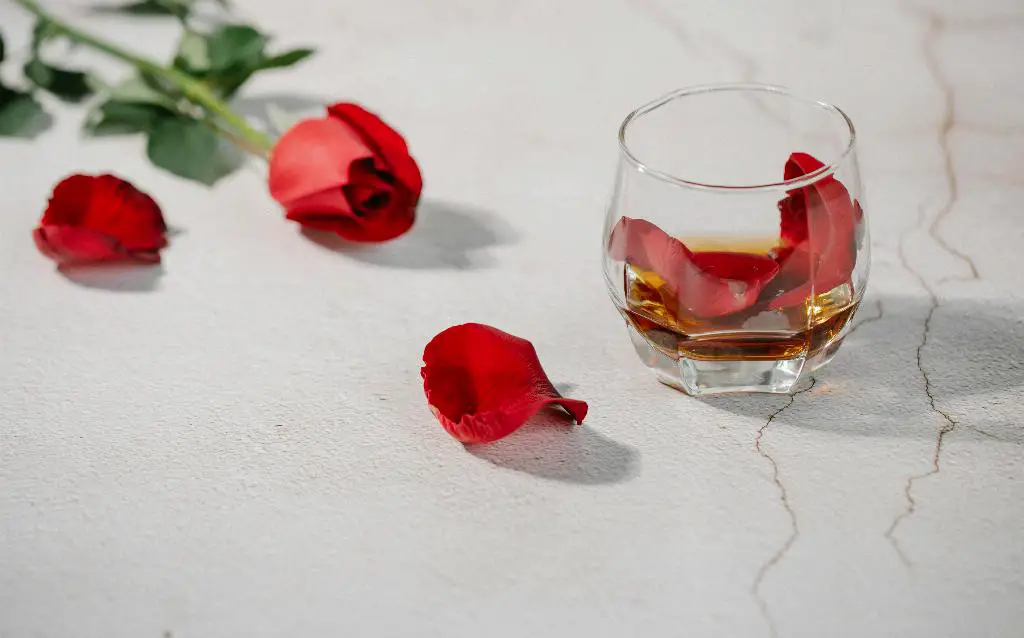When it comes to the world of bourbon, few names evoke as much hype and fascination as Pappy Van Winkle. Renowned for its exceptional quality and limited availability, Pappy has become a holy grail for whiskey enthusiasts. But what about its lesser-known counterpart, Weller? Are the two really one and the same? Let’s delve into the details and uncover the truth.
The Shared History
It’s worth noting that both Weller and Pappy Van Winkle trace their roots back to the same distillery – the Buffalo Trace Distillery in Frankfort, Kentucky. This shared history provides a strong foundation for drawing comparisons between the two brands.
Similar Mashbills
One of the most compelling arguments in favor of linking Weller to Pappy is their nearly identical wheated mashbill. Both bourbons use primarily corn, wheat, and malted barley, with minimal rye content. This distinctive mashbill contributes to a smoother, sweeter flavor profile that has garnered widespread acclaim.
Production at Buffalo Trace
Since 1992, both Weller and Pappy have been produced at Buffalo Trace, further blurring the lines between the two brands. This shared production facility suggests a commonality in craftsmanship and expertise, which could influence the flavors and quality of the final products.
The Pappy Hype
It’s undeniable that Pappy Van Winkle has attained legendary status in the bourbon world. The scarcity of Pappy bottles and the overwhelming demand have created a frenzy among collectors and enthusiasts. This hype creates an aura of exclusivity and mystique around Pappy, often overshadowing other bourbons, including Weller.
Varying Age Statements
While Pappy is widely associated with older, well-aged expressions, it’s important to note that Weller offers a range of age statements as well. Both brands have expressions that span from 12 to 23 years old, allowing consumers to explore the nuances of aging and flavor development.
Differences in Bottling
One key point of differentiation between Weller and Pappy lies in their bottling strength. Pappy Van Winkle is typically bottled at a higher proof, ranging from 90 to 107 proof. On the other hand, Weller bourbons, particularly the W.L. Weller line, are often bottled at a lower proof, usually around 90 proof.
Availability and Pricing
Perhaps the most significant distinction between Weller and Pappy lies in their availability and pricing. Pappy Van Winkle has attained a near-mythical status due to its extremely limited releases, resulting in astronomical prices in the secondary market. Weller, while still sought after, is relatively easier to find and comes at a more accessible price point for many bourbon enthusiasts.

In Conclusion
While Weller and Pappy Van Winkle share a common heritage and nearly identical wheated mashbill, they are not precisely the same. The differences in bottling, availability, and pricing set them apart, creating a distinct identity for both brands.
That being said, if you’re fortunate enough to taste both Weller and Pappy, you may notice certain similarities and appreciate the craftsmanship that Buffalo Trace brings to both. Each brand offers its own unique journey into the world of wheated bourbons, allowing whiskey lovers to explore different expressions and find their personal preference.
